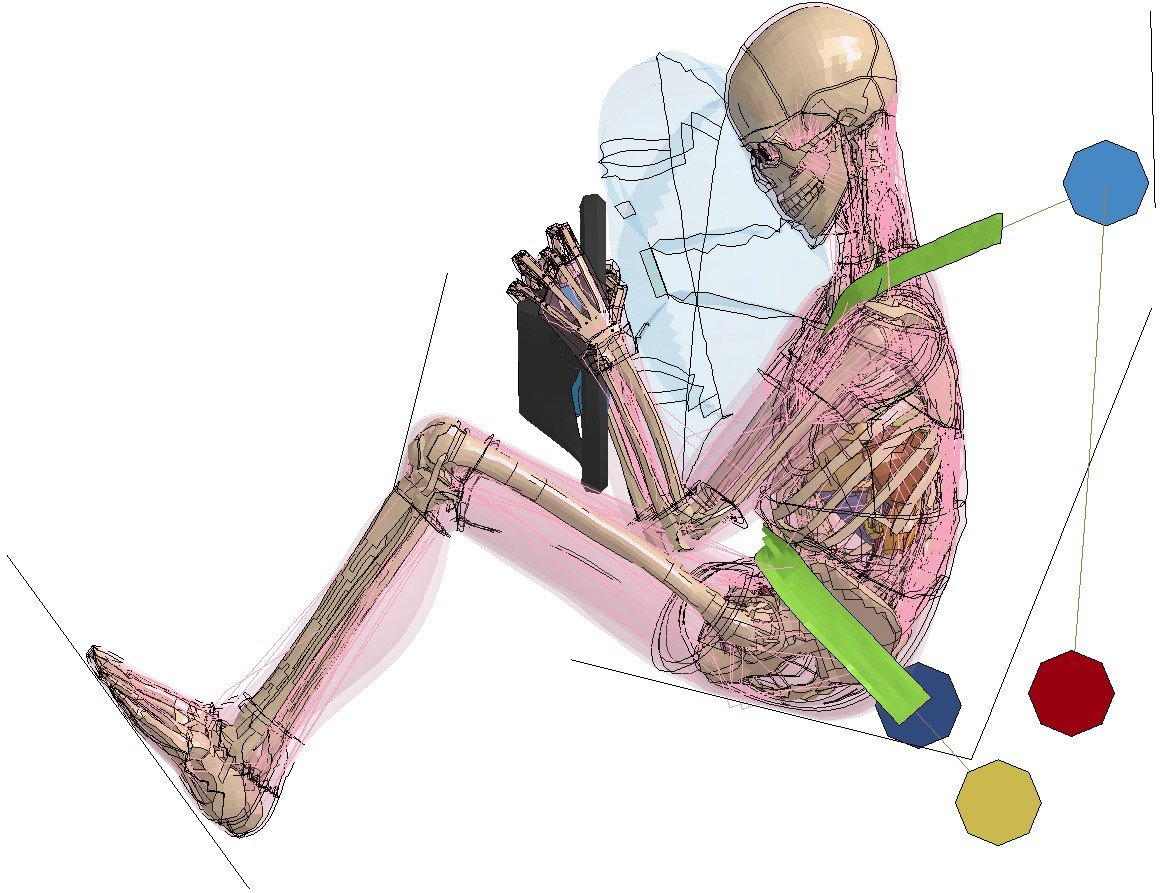
Ever held a hammer in your hands? If you are a woman, or a man of Asian descent, for example, and have finer hands, that hammer is often too heavy. Ever wondered why the temperature in buildings is such that you always have to wear a cardigan, but male colleagues just wear a T-shirt? Why is there an article in the Dutch newspaper Trouw saying that one of the COVID-19 vaccines may not have been sufficiently tested on women?
All … ‘Male Default‘ may well be the reason. Apparently, research reveals that the testing of appliances, consumer goods and medicines is often done on groups mainly made up of men. As well as on men of a certain stature and weight, and mostly white. Those individuals with a problematic reaction to the vaccination mentioned above were all women. Could be a coincidence. So, whether or not this is a typical ‘male default’ situation, I have no idea. But I do know this: Data tends not to be aggregated according to gender. Although women make up half of the world’s population, they are often left out of research that drives decisions, and even in the collection of data. From measuring economic growth, to dealing with disasters, or important public transport planning efforts in cities, writes Caroline Criado-Perez in her book ‘Invisible Women: Data Bias in a World Designed for Men.’
Gender Perspective
What is the impact on a micro- and on an individual level? Consider airbags in cars that have not been tested thoroughly enough that take women’s breasts into account, technical instruments that are so difficult to handle that they cause accidents, medications that work the wrong way, and heart failure that is not detected in time in women.
The gender perspective is an essential step in developing and designing technology. Gabriella Obispa focuses on gender-related innovations and responsible and inclusive technology that improves people’s lives. She wants to be a link in the technology ecosystem to promote and ensure that inclusive technology is developed.
Technology that feels good in the hands of both women and men, is that really practicable? Men using their soft qualities, and women showing their strength. Would changing our patterns of expectations also be feasible?
Generational shift
This will take shape at the meso level. You and I are part of this generational shift, and can help change the system: From our parenting toolkit to our workplace expectations of women and men. Until she is eight years old, a girl is unaware of the differences in gender. She thinks she can become anything. And that’s true, of course. Were it not for the fact that in many ways the world still tends to assume the male perspective. Anything else, and therefore ‘the woman’, is a ‘deviations’ from the norm. As soon as you are aware of that and speak up about it, you contribute to change.
And what about gender equality on a macro level in the business world? Society is changing, partly because of technology and digitalization, and because of the importance of data and algorithms. Everyone wants to attract people to their organization who are digitally-savvy and data-literate. The millennials, who possess these skills and competencies, largely determine which changes organizations must go through in order to remain commercially relevant in the economy later on. For this, you need both women and men. But not all female potential is used in organizations by a long shot. It has been proven that diversity in an organization leads to better decision-making, both in the boardroom and on the work floor. The pipeline of the organization should therefore be mixed 50-50 with women and men who have potential, energy and courage.
‘Male default’
Why is this not yet the case? It might be down to that ‘male default’, to our culture, our upbringing, role patterns, and language. Ever heard of a mama day? Or of a family woman? I have heard of a daddy day, and a family man. The Netherlands is extraordinarily low down in the international rankings of gender equality. Especially for the kind of modern country that we think we are. The right to several weeks of paternity leave has fortunately finally been introduced. How marvelous for men. After all, you both become parents. And after COVID-19, the discussion about part-time work m/f will be totally different. Yet it still seems as if a Women’s Quota is still needed as a powerful tool to push companies to set targets to put enough women in key positions within their organizations. Not only when recruiting, but all the more when it comes to moving up to positions of responsibility and/or professional expertise.
What does investing in gender equality actually bring an organization? Mixed teams and Boards leads to an 87% improvement in decisions made, a 45% increase in revenue from innovations, and a 15-21% increase in sales. Consequently, an investment in top female talent contributes to greater cost efficiency, a higher likelihood of increased profits, better decision making, greater and more varied sales opportunities, an image boost, and to a better position on the job market.
Internal anchoring
In order to give gender equality a push in the right direction, FAMKE wants to support organizations to kick-start their change process. Gender equality in practice, in other words. FAMKE offers an approach for a (cultural) change trajectory in organizations. With a focus on more women in decision-making and specialist positions. By using an integral approach, across the four pillars: ‘core values, governance, culture, employee journey.’ This provides a dashboard and tools for the supervisory board, the management board, middle management and the employees of an organization. The approach is a multi-year program, given in modules, with customized content for each organization. Featuring internal anchoring as a goal. Because the focus on gender equality must take root and not be a mere token gesture.
”The future engineer is a woman,” is sometimes quoted. Perhaps because women are good at thinking in crossovers where technology is concerned. And are able to make connections, as well as being able to relate to the social context of technology. Technology is not an end in itself, but a means to serve our society.
How gratifying it would be if that latest mobile phone were soon to be tested on smaller hands. Fifty percent of the world’s population is female. That means they make up fifty percent of the market.
Over deze column:
In a weekly column, alternately written by Eveline van Zeeland, Eugene Franken, Helen Kardan, Katleen Gabriels, Carina Weijma, Bernd Maier-Leppla, Bert Overlack and Colinda de Beer Innovation Origins tries to find out what the future will look like. These columnists, occasionally supplemented with guest bloggers, are all working in their own way on solutions for the problems of our time. So tomorrow will be good. Here are all the previous articles.

